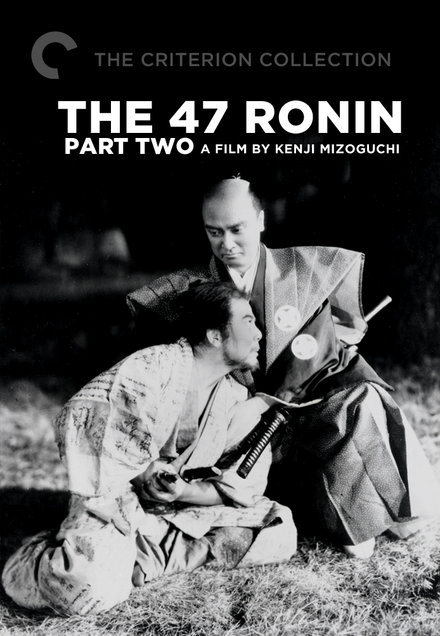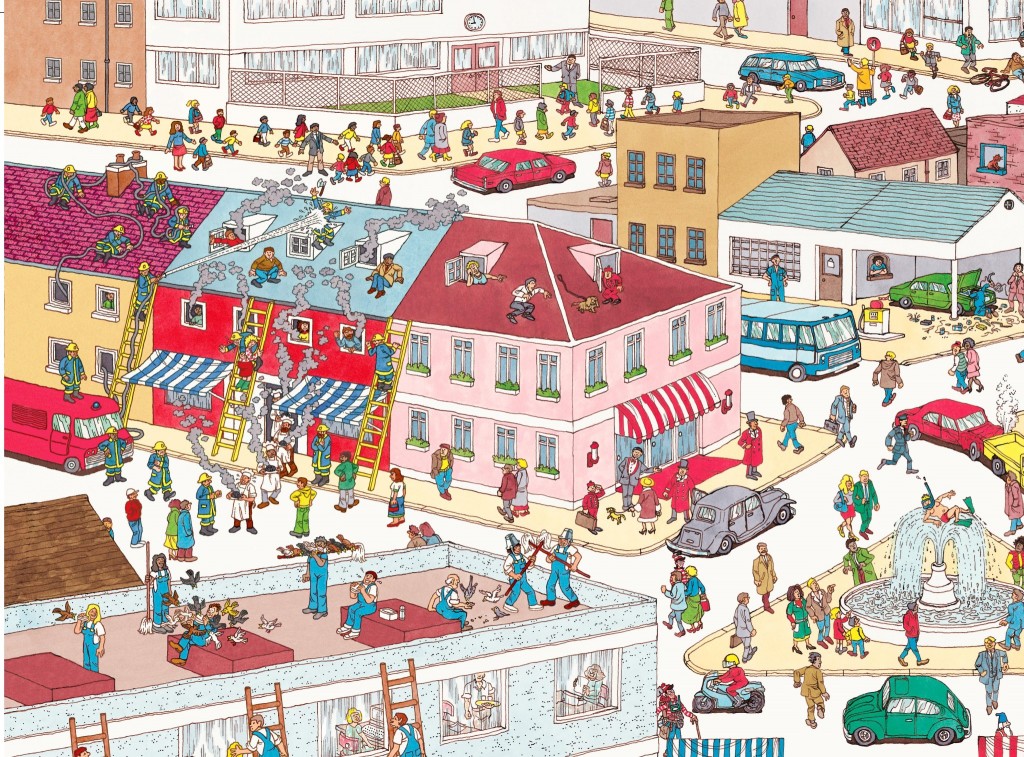 No one has ever gotten anywhere by giving up. One of the saddest things for a teacher to experience is students quitting when they are on the verge of a break through. From the outside, the teacher sees the student's struggles are starting to pay off as the technique starts coming together. Many times from the inside it seems like the same old struggle and the student feels like they are suffering and getting nowhere. The thing most students don't understand is that "struggling" is the sign that not only are things going in the right direction but that serious change is just around the corner. Sadly, the student can't see themselves and the reality of what is really going on and thus just end up quitting. How heartbreaking for the teacher!
Every student must leave their teacher but most leave too early and most before they are ready. When should a student leave their teacher? Hard to say. There just comes a time and we won't know it until it arrives. I say we because the student and the teacher will know that it is time to move on to the next level. Hopefully, that time comes as a result of one completing their training or when the teacher realizes that they cannot learn any more within that dynamic.
No one has ever gotten anywhere by giving up. One of the saddest things for a teacher to experience is students quitting when they are on the verge of a break through. From the outside, the teacher sees the student's struggles are starting to pay off as the technique starts coming together. Many times from the inside it seems like the same old struggle and the student feels like they are suffering and getting nowhere. The thing most students don't understand is that "struggling" is the sign that not only are things going in the right direction but that serious change is just around the corner. Sadly, the student can't see themselves and the reality of what is really going on and thus just end up quitting. How heartbreaking for the teacher!
Every student must leave their teacher but most leave too early and most before they are ready. When should a student leave their teacher? Hard to say. There just comes a time and we won't know it until it arrives. I say we because the student and the teacher will know that it is time to move on to the next level. Hopefully, that time comes as a result of one completing their training or when the teacher realizes that they cannot learn any more within that dynamic.
Student shouldn't leave because it is too hard or because they feel that they are suffering too much. Those difficulties or struggles are a result of our egos. Our ego wants to keep us safe and will resist that which might be uncomfortable or difficult. However those "pains" are the way out. To confront them would not be Aikido. Aikido teaches us to harmonize with them because those fears, pains or difficulties are apart of us and we must make peace with them. The ai 合 in Aikido means to come together or what we call harmony in Aikido. Harmony means to accept them and embrace them on the road to over coming them.
Sensei alluded to the struggles in Kodo: Ancient Ways where he posits that discouragement is a key part of the process of learning and ultimately change. He alluded to this in the last scroll he put up before he did (see above). It reads: "Be humble, be strong and always keep going." So, don't quit, don't give up and have faith. You are better than you think and you are farther along than you realize. Remember, the battle is only won after the struggle and not a moment sooner. Have faith in yourself and faith in Aikido. I promise you it is going to all work out and that it will get better. I can already see it happening.











